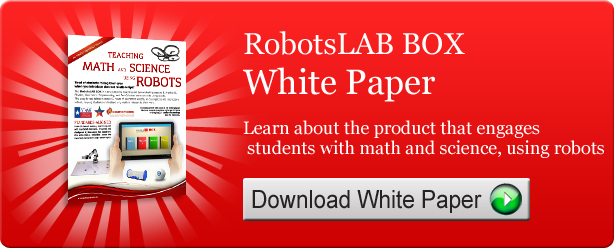Once upon a time...and not all that long ago, teachers found motivating youngsters to engage themselves in the wonders of mathematics a difficult proposition--which is not to say that educators here in the 21st Century have completely overcome all the difficulties. No, it still takes a committed teacher to break down the barriers both societal and unique to the child to get it done.
Prof. Alfred Posamentier, Dean and professor of mathematics education at Mercy College, NY suggests 9 strategies a teacher might use to engage students with mathematics:
- Call Attention to a Void in Students' Knowledge - make students aware of a void in their knowledge and capitalizes on their desire to learn more.
- Show a Sequential Achievement - Closely related to the preceding technique is that of having students appreciate a logical sequence of concepts.
- Discovering a Pattern - Setting up a contrived situation that leads students to "discovering" a pattern can often be quite motivating, as they take pleasure in finding and then "owning" an idea.
- Present a Challenge - When students are challenged intellectually, they react with enthusiasm. Great care must be taken in selecting the challenge.
- Entice the Class with a “Gee-Whiz” Mathematical Result - To motivate basic belief in probability, a very effect motivation is a class discussion of the famous "Birthday Problem," which gives the unexpectedly high probability of birthday matches in relatively small groups. Its amazing -- even unbelievable -- result will leave the class in awe.
- Indicate the Usefulness of a Topic - Introduce a practical application of genuine interest to the class at the beginning of a lesson.
- Use Recreational Mathematics: puzzles, games, etc.
- Tell a Pertinent Story - A story of a historical event (for example, math involved in building the Brooklyn Bridge) or contrived situation can motivate students.
- Get Students Actively Involved in Justifying Mathematical Curiosities - One of the more effective techniques for motivating students is asking them to justify one of many pertinent mathematical curiosities. The students should be familiar and comfortable with the mathematical curiosity before you "challenge" them to defend it.
The obvious connection between all nine of these strategies is the attempt on the part of the teacher to draw math out of the realm of the esoteric and into the children's world of the literal and real; and yes, dare we say it, fun?
Robots are a great way to achieve this breakthrough. By their very existence they draw attention to a void in the child’s knowledge. What kid never wanted his own robot? They present a challenge and are living, breathing (ok, not quite, but you get my drift) “Gee-Whiz” mathematical curiosities that justify themselves by their very existence. And perhaps most important, like games and puzzles, they are a lot of fun.
Far from being expensive toys, they tell the story of math’s practical aspects and future importance to a child’s life far better than any amount of chalk on a board or boring rote-learning of math procedures ever can.
Math teachers in the 21st Century have some advantages their respected predecessors never had. Two of those advantages are the advancement of EdTech and the appearance of some ingenious digital teacher-helpers called robots.
Learn more how to teach math and science using robots:


